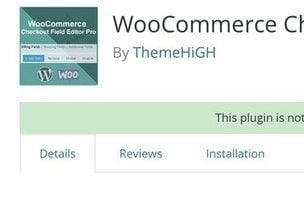Optimizing Checkout Flow in WooCommerce
Abandoned shopping carts are a hurdle for online merchants. Abandonment rates range from 60 to 80 percent, depending on the study. Some of this is “window shopping” on the part of visitors. Some of it is due to the complexity of your checkout process. Thus optimizing your checkout will likely increase sales. In this post, I’ll […]









